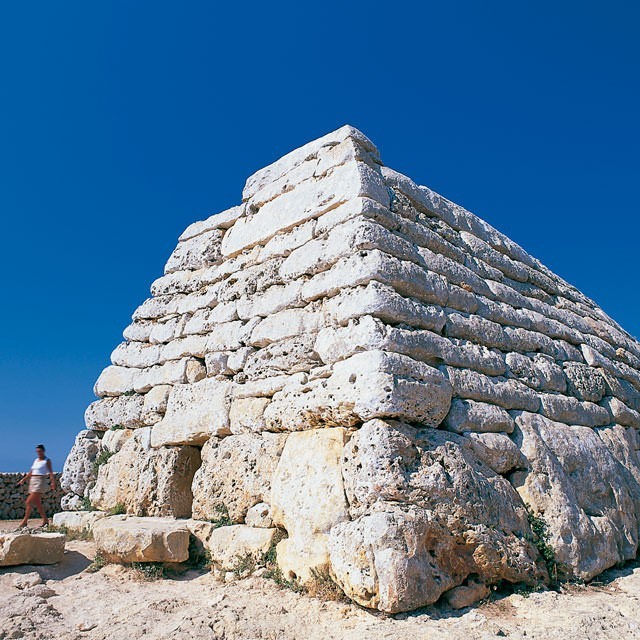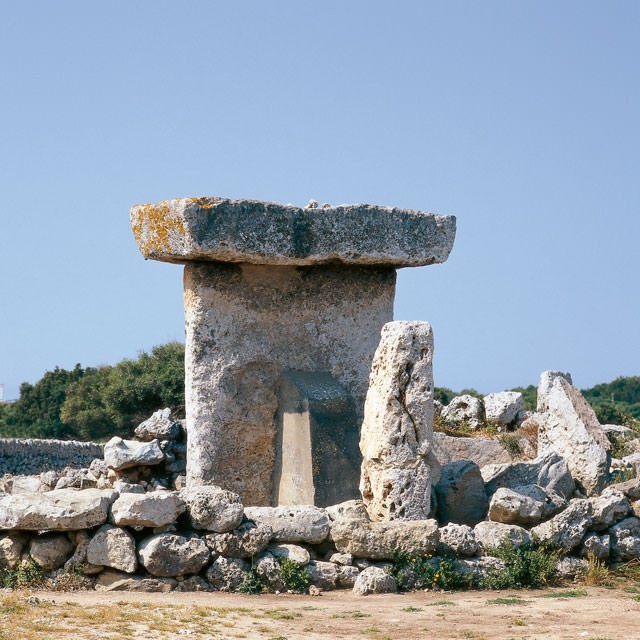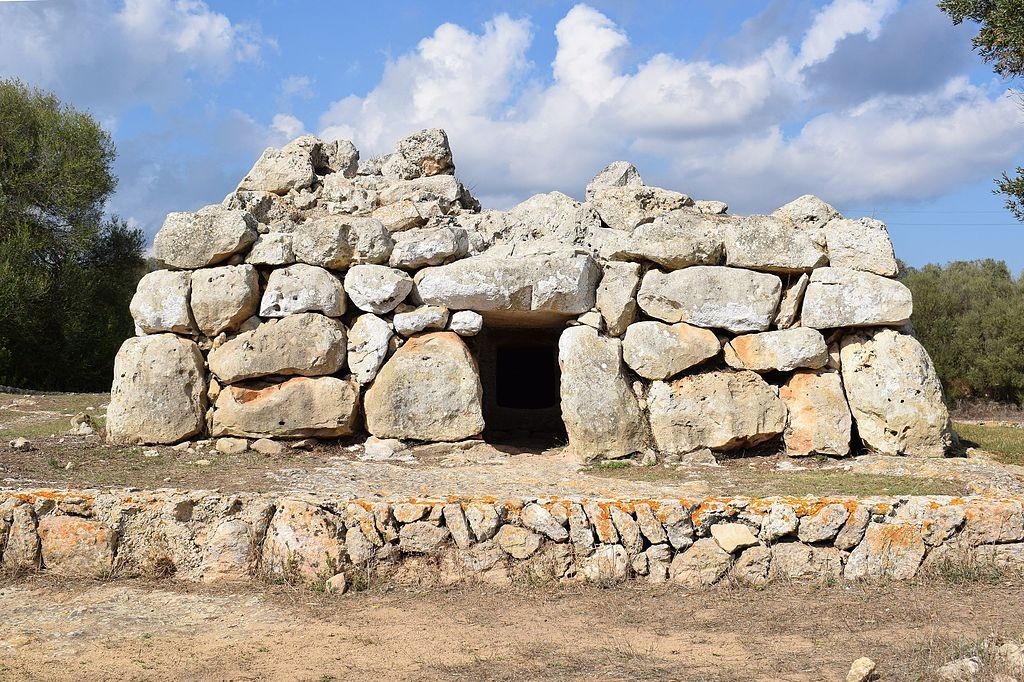
The temperatures are getting warmer every day, and many people are already thinking about – and booking – their holidays to enjoy those well-deserved days off. There are many destinations, but in Spain, one of the most popular is the Balearic Islands. Among the islands, Menorca is an excellent option for enjoying a pleasant, relaxed environment and its rich and varied historical and cultural heritage.
In its history, we find many interesting chapters and episodes. From prehistoric times to the contemporary era, many civilisations have passed through the island. It was even a domain of the British crown in the 18th century.
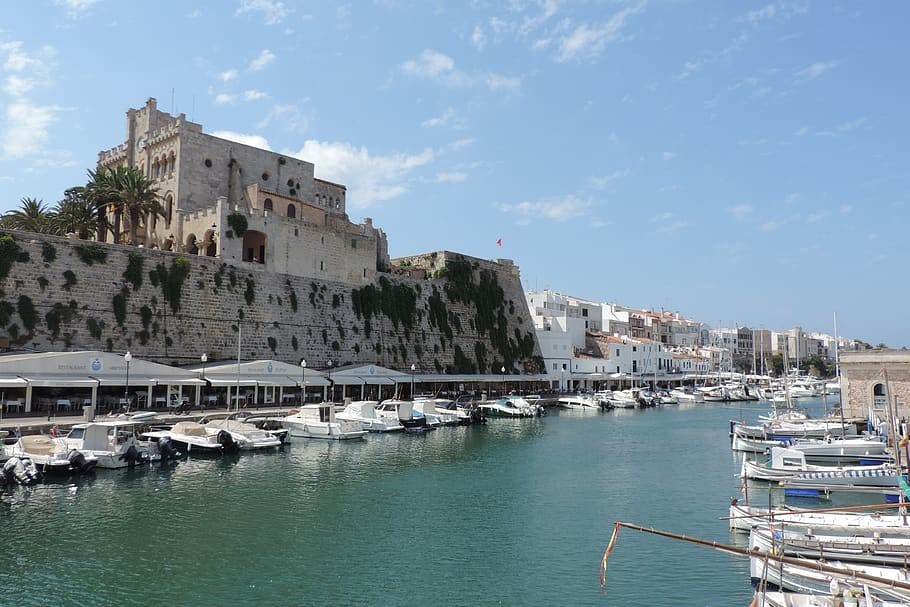
A megalithic culture with impressive stone structures
One of the most interesting and mysterious periods is undoubtedly that of the Talayotic culture, which flourished in Menorca during the Bronze Age, between 1500 and 123 BC, when the Romans conquered the island. Known for its impressive megalithic monuments and funerary constructions, its legacy has made the island of Menorca an open-air museum. So much so that, although it may seem surprising, almost 1,600 archaeological sites have been catalogued in its scarce 700 square kilometres.
One of the most distinctive features of this culture is megalithism, with large stone blocks placed vertically in communal funerary monuments. But Menorca's Talayotic culture was not all about tombs. Over time, the communities that inhabited the island adapted and evolved, creating larger settlements near monumental towers known as talayots. It is thought that these towers may have served as defence, territorial control, community prestige or community centres.
The navetas – mass sepulchres – and necropolises, located in the island's ravines, bore witness to the importance of the world of the dead. Sanctuaries were also built for rituals and possible celebrations, such as the taula enclosures, where the main construction element was the taula, a vertical pillar on top of which another horizontal stone was placed in the shape of a 'T'.
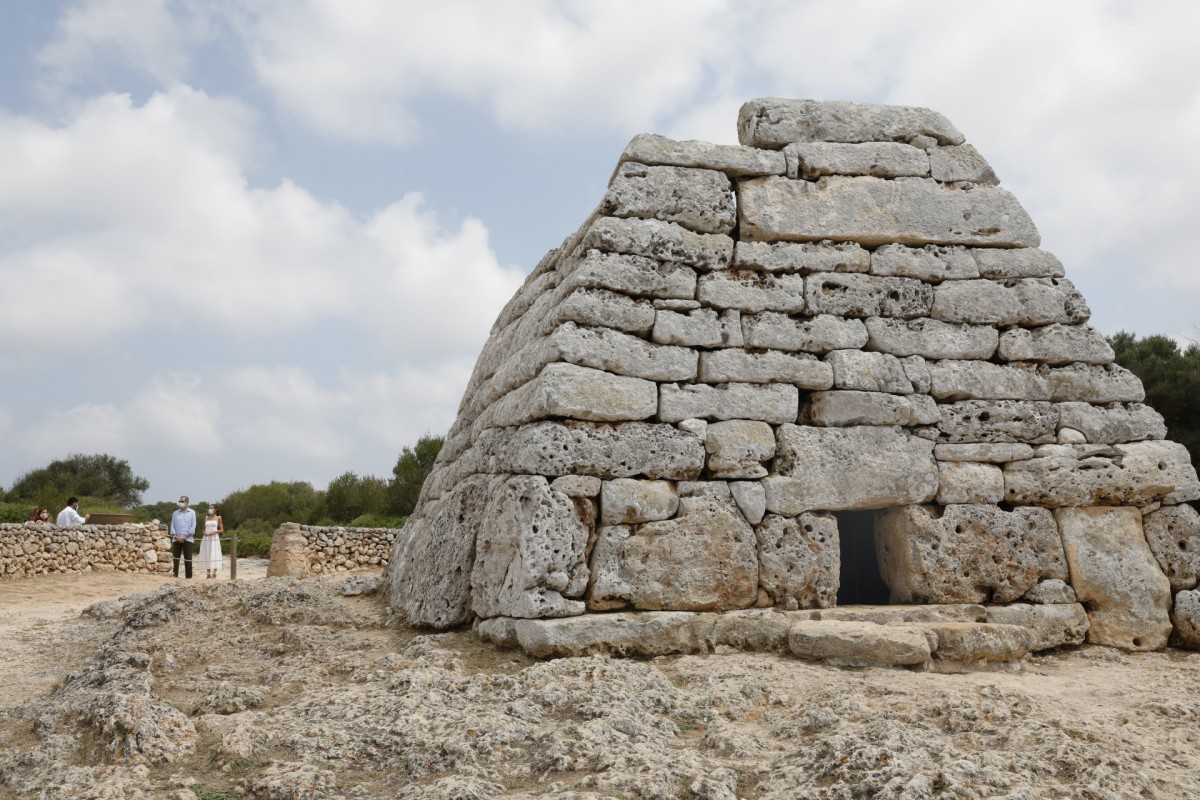
The 'houses' for the dead
It is precisely these navetas that are known as 'houses of the dead'. These navetas are unique to Menorca and have become the most emblematic monuments on the island. The term 'naveta' comes from Catalan and means 'little boat'. They were given this name because their shape is reminiscent of a boat turned upside down, as many fishermen used to place their small boats on the shore of the beach when they returned from fishing.
They are usually elongated, horseshoe or circular and were used for collective burial practices. The architectural characteristics of these tombs include a lintelled entrance, a short corridor and a chamber with rounded corners. Some of the long navetas have been found to have a chimney that gave access to an upper floor, also used for collective burials.
As the specialist historian and archaeologist José Simón Gornés Hachero explains, although it is not known for sure how these burials were carried out, dismembered human remains have been found inside the burial chambers, which suggests that the corpses were deposited whole inside and later depositions displaced and dismembered the already skeletonised bodies. The individuals were buried together with personal objects, such as bronze bracelets, biconical beads and awls, while ceramic vessels containing offerings were placed near the door.
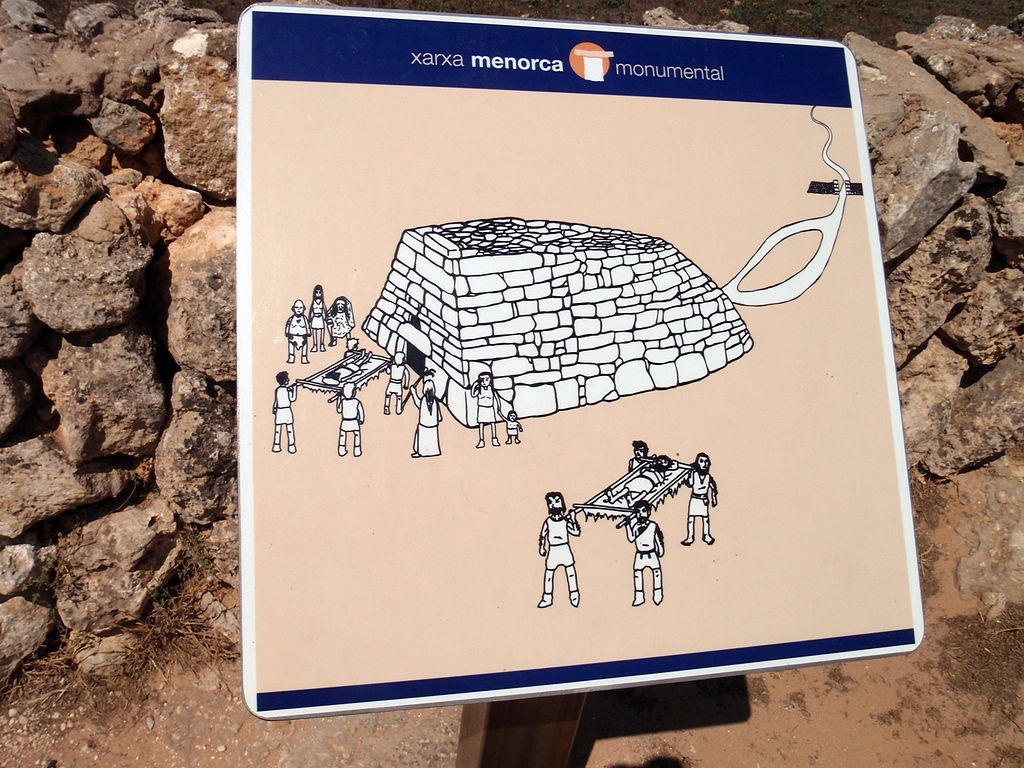
Interestingly, funerary navetas also closely resembled, in form, the dwellings of the living, reproducing the external shape of the 'houses of the living'. Thus, the formal similarities between these structures suggest a connection between life and death. This is precisely the origin of the name by which these funerary constructions are often referred to as 'houses of the dead'.

